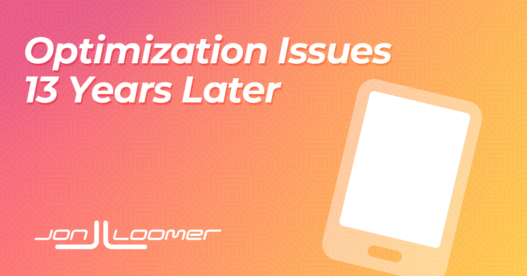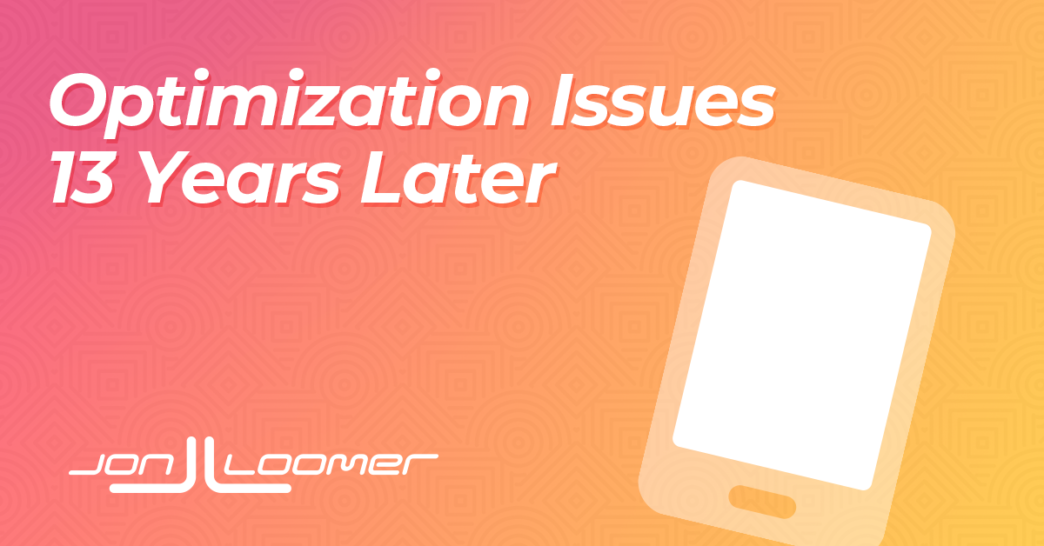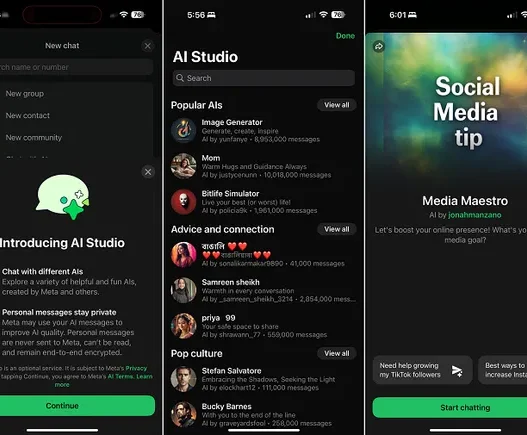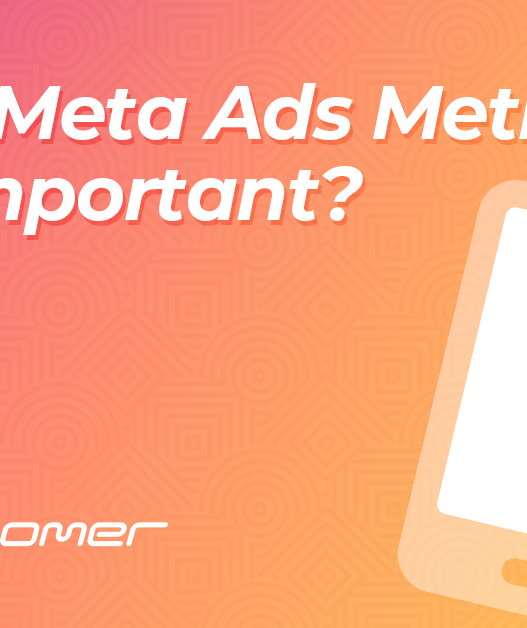The problems we’re seeing today with Meta ads optimization for top-of-funnel actions aren’t new.
They’re hilariously old…
A Tale from 2012
I first wrote a blog post in 2012 (note a typo!) called “How New Facebook Ads Could Be Letting in Spam” with eerily similar themes.
Back then, I spotted a problem that was associated with what was Facebook’s new “optimized ads.” When optimizing for page likes, which is what we did then, I was getting a ton of low-quality followers.
After doing some digging, I figured out that they were “serial likers.” They would like thousands of pages, and often dozens all at once and with no obvious patterns.
Why was this happening? I pinned the problem to how Facebook’s “new” optimization worked. Facebook explained an optimized ad set for a specific objective (“Like” or “Click”) like this:
Your ad or sponsored story will automatically show to the people who are most likely to take the action you have selected as your objective.
On one hand, we have (likely fake) accounts liking thousands of pages. And on the other, Facebook is going to show our ads to people who are most likely to perform the action we want. If we want a page like, what do you think is going to happen?
As I said way back in 2012, “It shouldn’t be a surprise, then, that I pulled in a bunch of Serial Likers who will seemingly like anything.”
Back to Today
It’s 13 years later, and very little has changed. In some ways, it’s worse.
Replace page like ads with optimizing for link clicks, landing page views, ThruPlay views, or post engagement. Meta will show your ads to people most likely to perform that action. And more often than not, there’s a reason your ad will reach these people.
At least we had control over targeting in 2012. But if you rely on algorithmic targeting when optimizing for top-of-funnel actions, you should know exactly what you’re going to get.
Meta should, too. They’ve had plenty of time to take notice. It would be nice if 13 years later this weren’t still a known issue.











